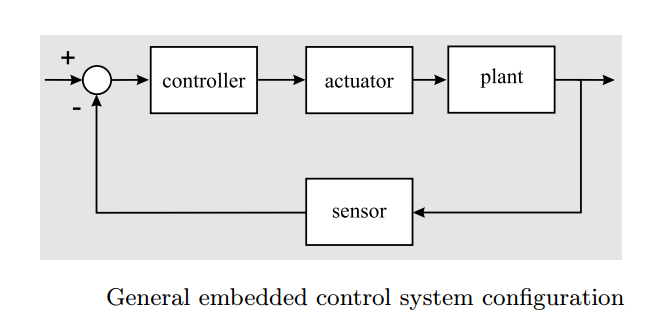An embedded system is a little harder to pin down. It is dedicated to a single purpose or a small set of purposes. Embedded systems can be found in nearly every single piece of modern electronics--in fact, they are the electronics. A modern television, a portable music player, an embedded computer-controlled air conditioning system, or virtually anything made in the last 10 years that isn't a general-purpose system and requires electricity: that is what an embedded system is.
Embedded systems that deploy computer vision applications are becoming common in our day-to-day consumer lives with the advent of cell-phones, PDAs, cameras, portable game systems, smart cameras, and so on. The complexity of such embedded systems is expected to rise even further as consumers demand more functionality and performance out of such devices. To support such complex systems, new heterogeneous multiprocessor system on chip (SoC) platforms have already emerged in the market. These platforms demonstrate the wide range of architectures available to designers today for such applications, varying from dedicated and programmable to configurable processors, such as programmable DSP, ASIC, FPGA subsystems, and their combinations.
What is an embedded control system?
A control system is an implemented strategy used to cause a physical system or plant, to behave in a desired manner. There are two types of control strategies:
• Closed-loop control uses feedback measurements to correct the error between the plant output and a reference input, i.e., the desired behavior.
• Reactive control is event-driven and interacts with the plant via state transition behavior.
As the feedback control strategy increases in complexity, it becomes more difficult to apply analog components for its implementation. Dynamics in an analog feedback control loop always interact, making it more difficult to match desired controller characteristics. For example, an analog system always has a limited filter quality factor, Q, due to parasitic impedances and other limitations. Conversely, it is easy to create an extremely sharp digital filter with very large Q. Another complication is that analog integrators are always limited by capacitor leakage, yet digital integrators can be nearly perfect. A processor-based approach usually works best for reactive control as well.
In modern control systems, the control strategy is thus typically implemented in software. A microprocessor determines the input to manipulate the plant and this requires facilities to apply this input to the physical world. In addition, the control strategy typically relies on measured values of the plant behavior that have to be made available to the computing resources.
The immersion of computing power into the physical world is one characteristic of an embedded control system. The other characteristic is that the software that implements the control strategy is stored in read-only memory. Thus, unlike a general-purpose computer, an embedded control system is not independently programmable. In other words, an embedded control system is expected to function without user intervention, although it may require user interaction.
Embedded control system characteristics
The general configuration of an embedded control system is shown in the picture below.

Because the controller operates in the low-power electronics domain and the plant operates in high-power hydraulics, mechanics, thermal, and other physical domains, transducers are needed to convert between controller and plant. These transducers are used either by actuators, to drive the plant with controller-computed values, or by sensors, to provide measurements to the low-power electronics domain. In embedded systems, the low-power computational electronics of the controller has to interact with high-power physical domains of many types.
For example, consider the Stewart platform. This physical system consists of six legs supporting a circular platform. The platform may be used to build, for example, an aircraft simulator. The legs are then used to move the simulated aircraft so as to give the impression of being inside an actual aircraft. This unit is sometimes called a “hexapod,” after its six legs. To move the platform, each leg is equipped with a motor that extends it.
The control strategy that computes the desired extension is implemented in a low-power microprocessor. An amplifier turns this electrical signal into a high-power equivalent that can be used to drive the motor. Sensors measure the actual extension of the legs. Six linear encoders, one on each leg, send a voltage pulse every time the leg slides a given distance. Dedicated counter hardware counts the number of pulses. The actual distance is computed based on this count.
In addition to the transformation between high- and low-power domains, transformations between discrete-time and continuous-time behavior are required. The plant can be viewed as changing continuously in time.
For more information click Jawest.